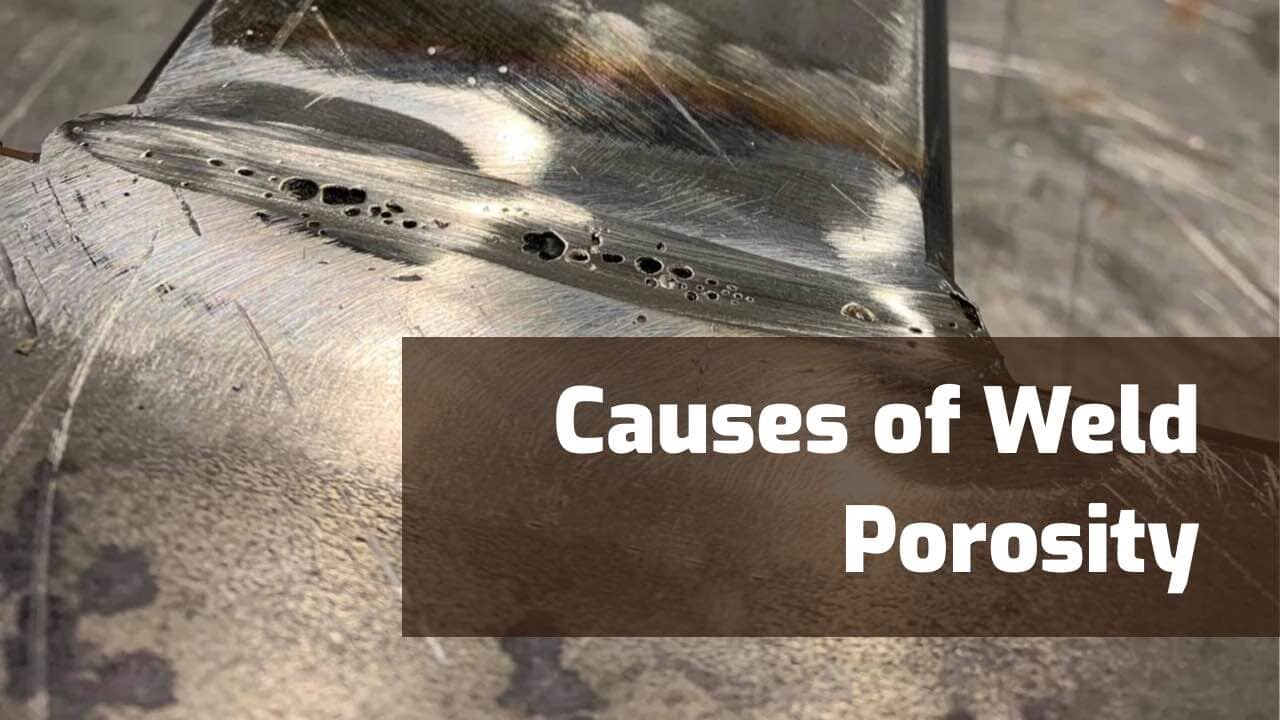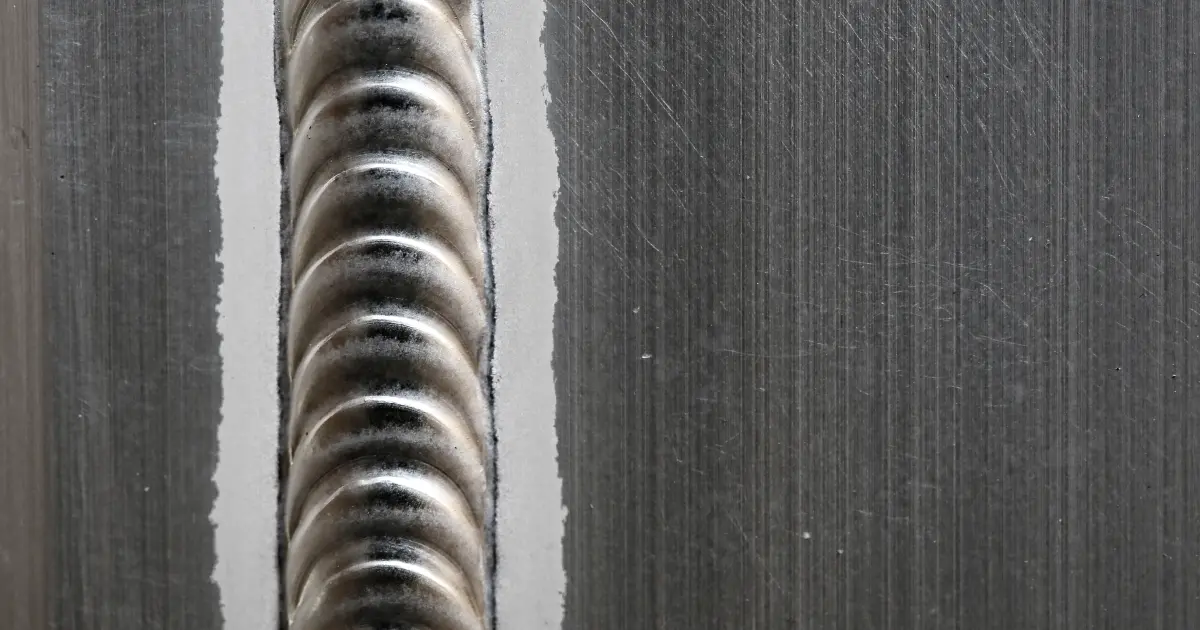Unraveling the Enigma of Porosity in Welding: Tips for Minimizing Flaws and Making Best Use Of Quality
In the complex globe of welding, porosity continues to be a persistent challenge that can considerably affect the high quality and stability of welded joints. As we dig into the depths of porosity in welding, revealing the secrets to its avoidance and control will certainly be extremely important for specialists looking for to understand the art of high-quality weldments.
Understanding Porosity in Welding
Porosity in welding, a common concern run into by welders, describes the visibility of gas pockets or gaps in the bonded product, which can compromise the honesty and top quality of the weld. These gas pockets are generally trapped during the welding procedure as a result of numerous aspects such as incorrect shielding gas, contaminated base products, or inaccurate welding specifications. The formation of porosity can damage the weld, making it susceptible to fracturing and deterioration, ultimately resulting in structural failings.
Comprehending the source of porosity is essential for welders to properly avoid its occurrence. By identifying the importance of maintaining correct gas shielding, making certain the sanitation of base materials, and maximizing welding setups, welders can considerably decrease the likelihood of porosity development. Furthermore, utilizing methods like preheating the base product, employing correct welding techniques, and performing complete evaluations post-welding can better help in minimizing porosity flaws. In general, a thorough understanding of porosity in welding is vital for welders to generate premium and durable welds.

Common Sources Of Porosity
When inspecting welding processes for prospective top quality issues, recognizing the common reasons for porosity is crucial for maintaining weld stability and protecting against architectural failings. Porosity, characterized by the existence of cavities or voids in the weld metal, can substantially endanger the mechanical properties of a welded joint. One typical reason of porosity is incorrect securing gas coverage. Inadequate protecting gas circulation prices or inappropriate gas combinations can cause climatic contamination, causing porosity development.
Furthermore, welding at incorrect parameters, such as excessively high traveling rates or currents, can produce excessive disturbance in the weld pool, trapping gases and triggering porosity. By dealing with these usual reasons with proper gas securing, product preparation, and adherence to optimum welding criteria, welders can reduce porosity and enhance the top quality of their welds.
Methods for Porosity Prevention
Applying efficient safety nets is critical in lessening the event of porosity in welding processes. One strategy for porosity prevention is making certain appropriate cleaning of the base steel before welding. Impurities such as oil, grease, corrosion, and paint can result in porosity, so thorough cleaning utilizing ideal solvents or mechanical methods is necessary.

One more trick precautionary action is the choice of the right welding consumables. Using premium filler products and securing gases that appropriate for the base metal and welding procedure can dramatically decrease the danger of porosity. In addition, preserving proper welding specifications, such as voltage, present, take a trip rate, and gas flow price, is essential for porosity prevention. Drifting from the recommended settings can cause improper gas coverage and inadequate combination, bring about porosity.
Additionally, using correct welding strategies, such as maintaining a consistent traveling rate, electrode angle, and arc length, can help stop porosity (What is Porosity). Ample training of welders to guarantee they follow best practices and quality assurance procedures is likewise necessary in decreasing porosity issues in welding

Finest Practices for High Quality Welds
Making certain adherence to sector standards and proper weld joint preparation are essential elements of accomplishing constantly high-grade welds. Along with these foundational steps, there are several best practices that welders can execute to even more improve the high quality of their welds. One secret method is preserving appropriate tidiness in the welding location. Pollutants such as oil, grease, rust, and paint can adversely affect the quality of the weld, resulting in defects. Completely cleaning the work surface and surrounding area before welding can help mitigate these issues.
An additional best method is to very carefully pick the appropriate welding parameters for the certain products being signed up with. Correct parameter selection guarantees ideal weld linked here infiltration, fusion, and general top quality. Using top notch welding consumables, such as electrodes and official website filler steels, can considerably affect the last weld quality.
Value of Porosity Control
Porosity control plays a crucial role in making sure the honesty and quality of welding joints. Porosity, defined by the existence of tooth cavities or spaces within the weld metal, can dramatically endanger the mechanical buildings and architectural integrity of the weld. Excessive porosity deteriorates the weld, making it a lot more prone to breaking, corrosion, and overall failing under functional lots.
Efficient porosity control is necessary for preserving the preferred mechanical buildings, such as stamina, ductility, and sturdiness, of the welded joint. What is Porosity. By decreasing porosity, welders can enhance the overall top quality and integrity of the weld, making sure that it satisfies the performance requirements of the designated application
Furthermore, porosity control is crucial for achieving the preferred visual look of the weld. Extreme porosity not just compromises the weld but additionally takes away from its aesthetic charm, which can be critical in markets where visual appeals are essential. Proper porosity control strategies, such as using the correct securing gas, controlling the welding criteria, and here making sure correct cleanliness of the base materials, are crucial for generating top notch welds with very little issues.

Final Thought
Finally, porosity in welding is a typical flaw that can endanger the top quality of the weld. By understanding the reasons for porosity and applying proper prevention methods, welders can lessen problems and achieve higher high quality welds. It is important to manage porosity in welding to make certain the honesty and strength of the last product. Implementing finest practices for porosity control is essential for accomplishing optimal welding results.
Comments on “Understanding What is Porosity in Welding: Causes and Solutions”